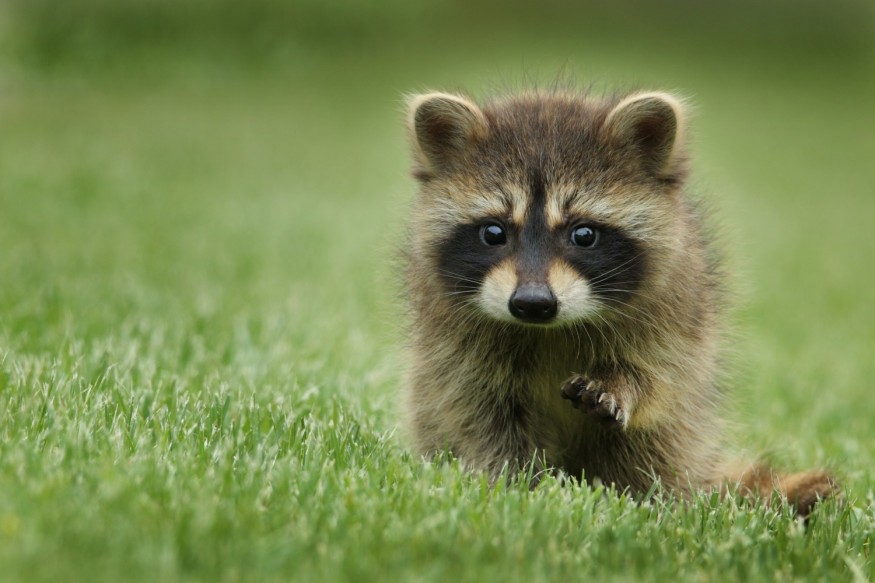Raccoons are known for being intelligent and nocturnal mammals that can be found nearly anywhere in the world, ranging from North America to South America, Europe, and Asia. Being omnivores, raccoons eat both animals and plants as part of their diet. Despite their disruptive track record, these trash-diving wild animals play a significant role in the ecosystem, including being pest control agents.
In the past, raccoons are reportedly kept only as pets and on fur farms, with some being hunted in their natural habitats in the wild. However, due to international introductions of the animals, the last century saw the spread of the raccoon population worldwide. They reached even countries where they are not native to such as Japan, where raccoons will become a problem to the public decades later.
In Japan, a "raccoon crisis" is unfolding including in Tokyo where authorities launched a campaign against the furry animals, called North American raccoon, also known as northern raccoon (Procyon lotor). From pets to pests, sightings of the invasive animal increased in the Japanese capital, where the phenomenon is attributed to a popular TV anime series about a raccoon back in the 1970s.
Raccoon Crisis in Japan

Over the past decade, the number of caught raccoons in Tokyo has increased significantly every year, according to local reports. The main concern arises from the damage being caused by the animals to the local ecosystem. Amid Japan's raccoon crisis, municipalities across the western part of the capital have placed traps and issued hotlines for concern residents affected by the raccoon infestation.
Based on previous related cases in Japan, raccoons have been reported destroying crops and damaging homes even in population centers.
According to Tokyo authorities, there was a total of 1,282 raccoons caught in 2022. Following initial plans in 2013 to exterminate the animals, a number of local governments in the country have also started to address the problem of invasive raccoons.
Japan Raccoon Infestation
Raccoon populations in Japan soared after some of them previously kept as pets were either abandoned by their owners or escaped to live in the wild. Yet, before Japan's raccoon infestation, the popularity of the animal as pets gained ground due to an anime series in the country back in the 1970s.
The series titled "Rascal the Raccoon" depicts a protagonist cartoon pet raccoon.
Fast forward to the 21st century, the once pet raccoons thrived in Japan's wild habitats. However, local sources say that this population boom of famed animals also threatened other native species, including the endangered Tokyo salamander, Hokkaido salamander, and Japanese crayfish. Dubbed "invasive alien raccoons," the non-native species gained notoriety after decades of habitat damage.
In 2020, a study published in the journal Scientific Reports found the significant impact of predation by invasive raccoons on rare native species.
According to researchers, the invasive alien raccoons prey on native species during their spawning season, spanning from late winter in February to early summer in June.
© 2025 NatureWorldNews.com All rights reserved. Do not reproduce without permission.





